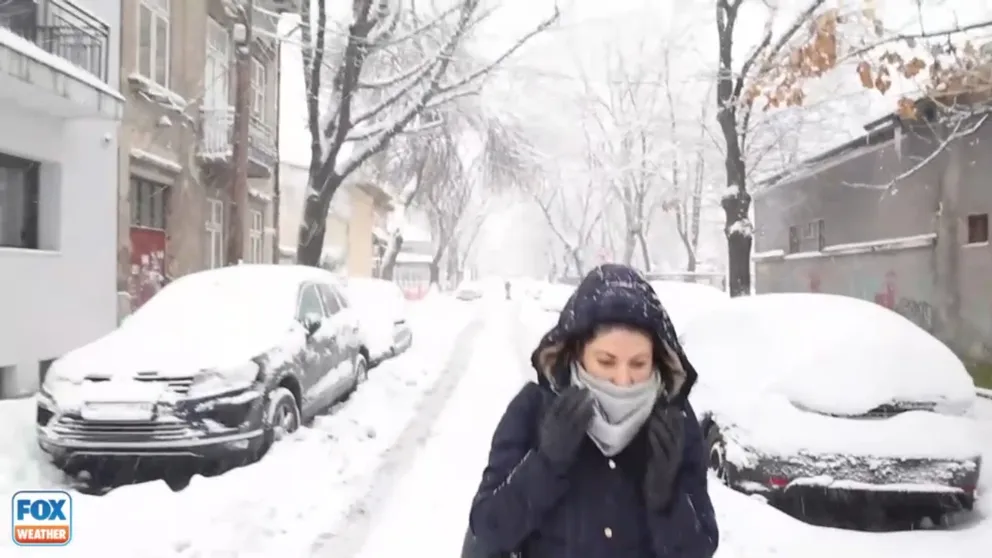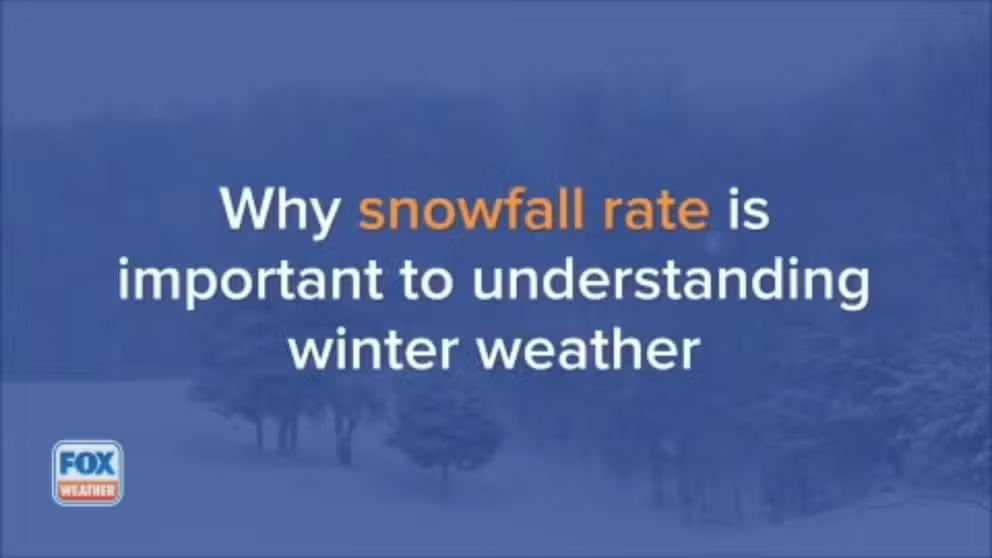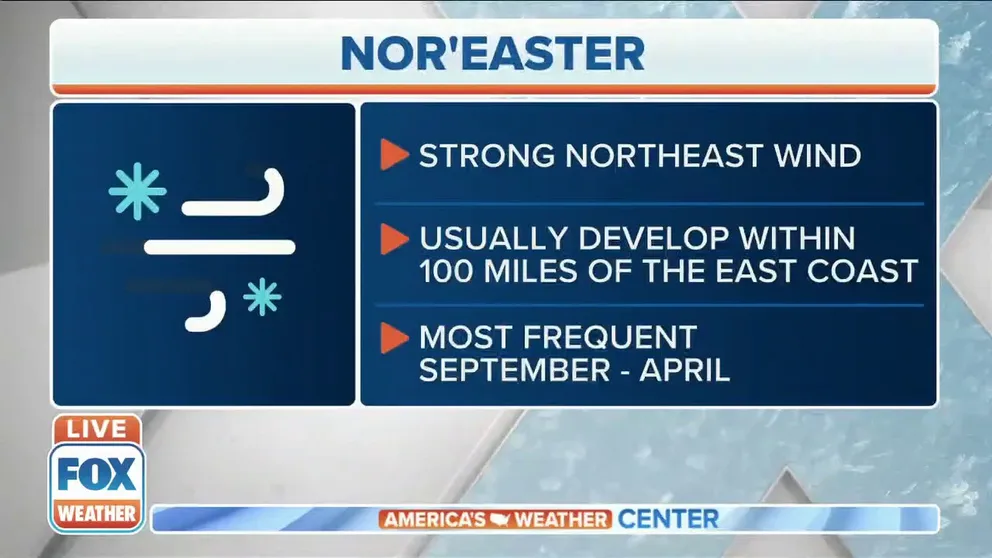How do winter storms form?
It takes three essential ingredients to form a winter storm.
How do winter storms form?
Have you ever wondered how winter storms form? Well, the answer is simple. It takes three essential ingredients.
Have you ever wondered how winter storms form?
Well, the answer is simple. It takes three essential ingredients: cold air, moisture and lift.
According to the National Oceanic and Atmospheric Administration, below-freezing temperatures in the clouds and near the ground are necessary to make snow and/or ice.
Speaking of snow … Did you know all snowflakes have six sides or arms? Water molecules are shaped like a "V," so when they align and freeze together, a hexagon shape develops. Click here to learn more facts about snow.
OK, now back to winter storm formations.
Once we have the cold air in place, moisture is needed to form clouds and precipitation. A source of moisture can come from air blowing across a body of water, like a large lake or the ocean.
And finally, a lifting mechanism is needed to raise that moist air to form the clouds and create precipitation.
Why snowfall rate is important to understanding winter weather
When the snow starts to fall, the rate at which it does becomes an important part of the forecast.
An example of lift, NOAA states, is when warm air collides with cold air and is forced to rise over the cold dome near the ground. The boundary between the warm and cold air masses is called a front.
Did you know not all winter storms produce snow? Depending on a storm system's journey through the atmosphere, it could produce hail, sleet or even freezing rain. Three of those four precipitation types are only found with winter storms, but one can happen year-round – even in the summer. Click here to learn more about the differences between them.
THESE ARE THE 7 SNOWIEST CITIES IN THE US
There are also multiple types of weather systems that can become winter storms, such as Alberta clippers and nor'easters.
What is a nor'easter?
FOX Weather meteorologist Kendall Smith explains what a nor'easter is.
Alberta clippers are fast-moving low-pressure systems that receive their name from where they originate in western Canada. They sweep across the northern tier of the U.S. rather frequently during the late-fall and winter months and provide quick bursts of snowfall and strong winds. Click here to learn more about Alberta clippers.
A storm is considered a nor’easter if its winds are blowing from the northeast off of the Atlantic Ocean. If the winds are out of the east or southeast during the storm, then it’s not technically a nor’easter. We have all the facts about what makes a storm a nor’easter in this story here.
Did you know that a blizzard is also a type of winter storm that features high winds and low visibility? There are three criteria a snowstorm must reach to become an official blizzard. Click here to learn more about blizzards, and we are not talking about those tasty Dairy Queen frozen treats.
Want to increase your knowledge about the weather some more? The free FOX Weather app can help you stay informed about the weather. America's Weather Team reports on the biggest weather and science stories around the clock, keeping you and your loved ones informed about the weather in your area. Be sure to check out the "Learn" section of the app so that you can follow along with our experts.


